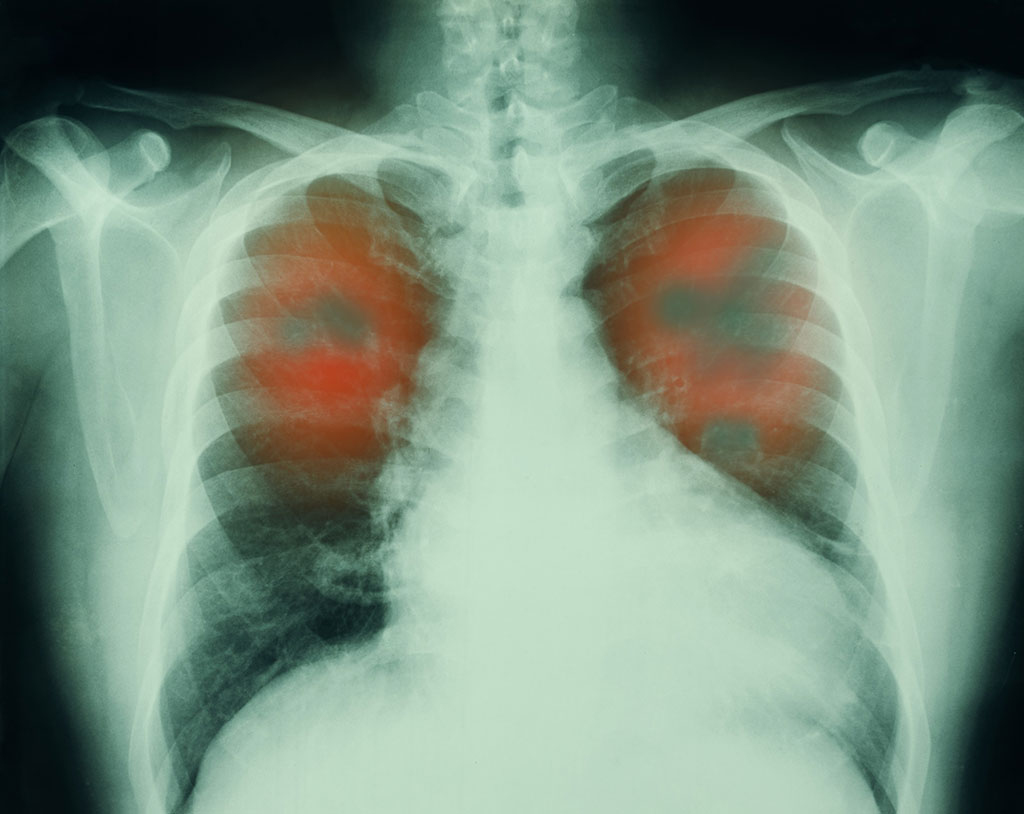AI Identifies Non-Smokers at High Risk for Lung Cancer from Single Chest X-Ray
Posted on 08 Dec 2023
Lung cancer is currently the leading cause of cancer mortality. Notably, 10-20% of lung cancer cases are diagnosed in individuals classified as "never-smokers" – those who have either never smoked or have smoked fewer than 100 cigarettes in their lifetime. The prevalence of lung cancer in never-smokers is increasing, and these cases are often more advanced at the time of discovery due to the lack of early detection methods typically used for smokers. Now, a new study has found that an artificial intelligence (AI) tool is capable of identifying non-smokers at high risk for lung cancer by analyzing routine chest X-ray images.
Conducted by the Massachusetts General Hospital (MGH, Boston, MA, USA), this study aimed to enhance the prediction of lung cancer risk in never-smokers. The research team employed a deep learning model, a sophisticated form of AI, to analyze chest X-ray images from the electronic medical record, searching for patterns indicative of disease. The deep learning model, named "CXR-Lung-Risk," was trained using 147,497 chest X-rays from 40,643 asymptomatic individuals, both smokers and never-smokers. This model was designed to assess lung-related mortality risk from a single chest X-ray.

The effectiveness of the model was then tested on a separate cohort of never-smokers who underwent routine outpatient chest X-rays between 2013 and 2014. The primary measure was the incidence of lung cancer within six years, identified via International Classification of Disease codes. The model categorized the risk scores into low, moderate, and high-risk groups based on predetermined risk thresholds. In the study group of 17,407 patients, averaging 63 years of age, the model classified 28% as high risk, and within this group, 2.9% later had a diagnosis of lung cancer. The high-risk group surpassed the 1.3% six-year risk threshold where lung cancer screening CT is recommended by the US National Comprehensive Cancer Network guidelines. After taking into account age, sex, race, previous lower respiratory tract infection, and prevalent chronic obstructive pulmonary disease, the high-risk group still had a 2.1 times greater risk of developing lung cancer than the low-risk group.
"This AI tool opens the door for opportunistic screening for never-smokers at high risk of lung cancer, using existing chest X-rays in the electronic medical record," said senior author Michael T. Lu, M.D., M.P.H., director of artificial intelligence and co-director of CIRC at MGH. "Since cigarette smoking rates are declining, approaches to detect lung cancer early in those who do not smoke are going to be increasingly important."
Related Links:
MGH














